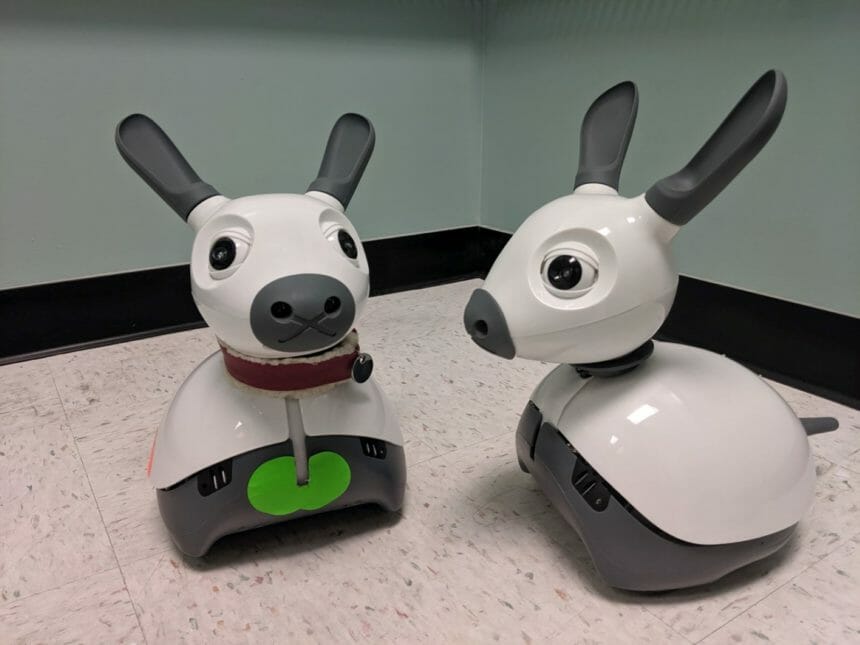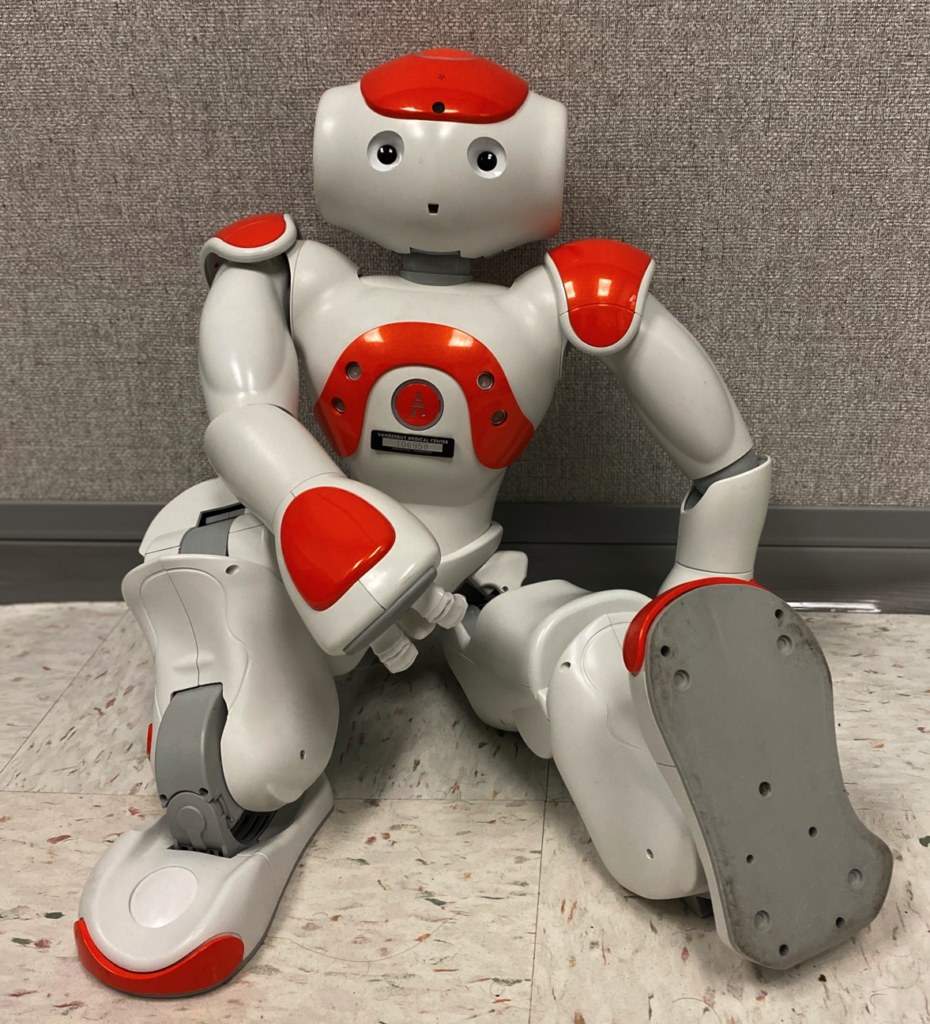
Two Ohio continuing care retirement communities will participate in a $3.13 million study testing whether socially assistive robots, some of which are shaped like animals, can encourage social interaction among older adults, especially those living with dementia.
Researchers from Vanderbilt University and Ohio State University’s College of Nursing have received a five-year grant from the National Institute on Aging at the National Institutes of Health to test the robots’ ability to help residents engage with one another in independent living communities, assisted living communities and nursing homes.
Ohio Living Westminster–Thurber in Columbus, OH, and Chapel Hill Community, a United Church Homes life plan community in Canal Fulton, OH, will participate in an eight-week trial aimed at curbing loneliness and apathy.
The study will explore whether the robots, which researchers said are designed specifically for social interactions and capable of autonomously detecting and meaningfully responding to older adults’ attention and behavior, can effectively engage older adults with cognitive impairments in long-term care environments, according to Vanderbilt.
Ohio Living Westminster–Thurber Executive Director Leslie Belfance told McKnight’s Senior Living that Lorraine Mion, professor of nursing at the Ohio State University, approached the community about participating in the study.

“We’re always looking for peace and joy outcomes,” Belfance said, adding that OSU is 12 blocks from the Westminster–Thurber community. “When she proposed it to me, to have a little animal that is realistic for our residents, it would be fun and joyful for them. For some, it’s very calming and peaceful to sit and pet an animal. I’m very excited to work alongside these wonderful two universities.”
United Church Homes has conducted trials of new and emerging technologies over the past decade to try to expand its services based on its residents’ needs and wants. Last year, the organization conducted its own trial of virtual reality devices, buying such devices for several of its communities. United Church Homes also hired virtual visitor guides during the COVID-19 pandemic to schedule remote visits between residents and loved ones and to assist residents new to using FaceTime, Skype or Google Duo.
“Socially assistive robots, virtual reality and social engagement technology all provide innovative ways for residents to do what they love at any age,” Rev. Kenneth V. Daniel, president and CEO, told McKnight’s Senior Living. “United Church Homes staff members get to know each resident, learning what brings purpose and meaning to their life. For residents living with cognitive impairment and other medical conditions, animal [socially assistive robots] can provide feelings of calm and comfort.”
Without social interaction, older adults are more prone to apathy and loneliness, social isolation and cognitive decline, as well as stress and frustration from caregivers, according to Vanderbilt University researchers. Seventy-two percent of all long-term care residents experience apathy, they said, and the effects can lead to declines in physical health. By 2034, older adults aged 65 and older will outnumber children under 18 for the first time.
“We aim to create a better quality of life for the aging population of our society,” said Nilanjan Sarkar, chair of the Department of Mechanical Engineering at Vanderbilt University and director of the Robotics and Autonomous Systems Lab. “While there is no cure for dementia at this point, research shows that if we can keep people mentally engaged and active, we can possibly slow the progression of the disease and the deterioration of their overall health. Our research will help us understand how to create robots to act as a coach, as well as a peer, to facilitate interpersonal connections in a sustainable, meaningful way.”
The robots can work with two people at a time, giving instructions for different tasks and activities, to encourage them to engage with each other.
Three different types of robots will be used in the study. NAO from SoftBank Robotics and Misty II from Misty Robotics are humanoid robots. Miro-B from Consequential Robotics is an animal-like social robot. The humanoid and animal-type robots will be used for four weeks each in community.
Researchers will observe how residents react to the different types of robots to see whether they stay engaged or become bored.
“We know from research that apathy is the most common neuropsychiatric symptom in older adults with dementia and can have dire effects on both the quality of life for the patient and the emotional stability of the caregiver,” said Mion, who is a former professor of nursing at the Vanderbilt School of Nursing. “What we are seeking to understand is how we can improve engagement strategies using advanced-but-user-friendly robotic systems to stave off apathy and improve lives for these older adults in long-term care facilities.”
The study will enable researchers to improve adaptive robot-mediated intervention architecture through additional software development, measure a reduction in apathy among older adults with cognitive impairments and mild or moderate dementia, and identify future scalability and sustainability of socially assistive robot implementation in long-term care settings.




